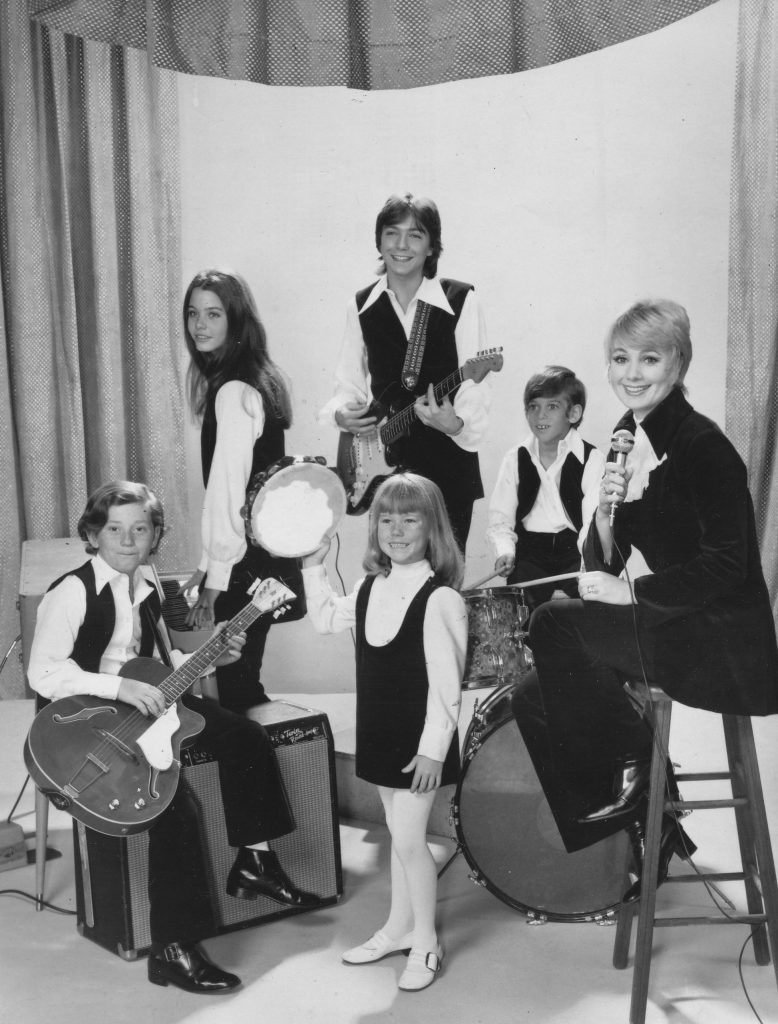To be or not to be. That is the question when deciding whether or not to watch your shows with subtitles. When it’s time for sports games and entertainment with friends and family, subtitles are a topic that’s as contentious as choosing pizza toppings; somebody is going to hate olives, another person might be allergic to mushrooms. And the vegan won’t stand for pepperoni. It’s the same with subtitles. The haters complain that they end up reading the subtitles, and that’s no good because who wants to read when watching a movie or show, right?
Subtitles Benefit Everyone’s Little Gray Cells
But subtitles are actually good for the brain, and there are hundreds of studies to prove it. In fact, researchers have found that video captions, also called same-language subtitles, are beneficial to every age group, including children learning to read, highly literate adults, and those with hearing problems or deafness. As Morton Ann Gernsbacher explains in a 2015 literature review, “Everyone should turn on video captions; captions improve comprehension, memory, and attention, for everyone.”
- Helps kids learn to read

Learning how to read is particularly challenging for kids because they have to interpret sounds and meaning simultaneously. But when you add video captions into the mix, learning how to read is as easy as 1-2-3 because it quickly bridges this learning gap, giving little ones a head start.
Another gold star of video caption, kids get to watch cartoons, so everybody wins; when parents switch on subtitles for cartoons and other kids shows, they get extra credit for making learning fun. In one study, researchers found that both deaf and hearing children that watched programs with subtitles had significantly more comprehension than those in the control group that didn’t have video captions.
Going beyond the research setting, Denton Whitmore, 73, a retired construction worker from Fresno, CA, learned how to read while trapped in an iron lung as he battled a severe case of Polio at age 5. Part respirator and negative pressure ventilator, the iron lung saved his life but kept him out of kindergarten for an entire year. “The nurses were too busy to give me any one-on-one attention, so it was just me trapped in this giant glass tube all by myself. All I could do was watch these cartoons with video captions. After I left the hospital and started first grade, I could read just as good as other kids, even without having a teacher,” he said.
- Boosts memory and cognition of high functioning adults

Even smarty-pants know-it-all adults benefit from subtitles. In a related study, researchers found that highly literate adults remembered brand names better when they watched captioned TV commercials. Same-language video captions also boosted the memory and cognition of college students. In a 1998 study, researchers reported that college students remembered course content significantly better when they watched captioned course lectures.
- Jumpstarts adult literacy
Similar to kids learning to read, same-language subtitles also fast-track learning outcomes in adult literacy. Based on a large body of research, researchers were able to convince India’s national television network to caption popular Bollywood music videos in the late 1990s. After several years of assessments, the results were impressive. Adult literacy increased at a much greater pace for those that watched caption videos compared to adults who rarely watched the subtitled versions.
Other Benefits of Video Captions
- Get seriously lyrically
Another benefit of same-language video captions is the display of song lyrics. Because your brain automatically starts to read anything that comes on the screen, even if you hate reading, you will also read lyrics, which can deepen your connection to the character’s journey. Reading song lyrics can also be a strange experience when watching classic shows.
Reruns of The Partridge Family are particularly bizarre, especially when the teen heartthrob Kevin, played by David Cassidy, is performing with the family band and looking deep into his mother’s eyes while singing kissy smoochy love songs like the hit ballad “I Woke up in Love this Morning”: This is you, this pillow that I’m hugging and I’m kissing. Awkward.

But the no-subtitle audience of the 70s wasn’t paying attention to the lyrics; they’re just looking cool and feeling cool in groovy polyester button-ups and corduroy bell-bottoms. Oh the ‘70s, ye olden days of landlines and outdated encyclopedias. Now that the modern audience is armed with the subtitle option, actually reading song lyrics can be a curious experience that doesn’t always age well but is entertaining nonetheless.
- He said what?? Subtitles help with mumblecore
The ones who need subtitles complain about mumblecore, a common acting technique — thanks to method actors from the Golden Age of Hollywood: paging Marlon Brando in The Godfather. Following Brando’s lead, mumbling actors are working hard to be authentic and get into character.
But from the perspective of the pro-subtitles team, who cares about authenticity when you can’t understand an effing thing they say? Mumbling doesn’t necessarily translate into good acting; it just means you have to pause the show and switch on the subtitles setting.
Next time you’re marathoning your favorite show, be bold and switch on subtitles. Like vegetables and exercise, or green eggs and ham, you might not like video captions at first, but they’re good for you in more ways than one.
Got the reading disease? We’ve got the cure! Vidgo subscribers have access to 14,000+ on-demand titles, local programming, the best in LIVE sports, and more.
If you crave more superfan catnip, check out other entertainment and sports articles from the Vidgo blog The Stream.
Further Reading:
https://www.ncbi.nlm.nih.gov/pmc/articles/PMC5214590/#R8
https://scholar.google.com/scholar_lookup?journal=Deafness+&+Education+International&title=How+deaf+and+hearing+adolescents+comprehend+a+televised+story&author=C+Cambra&author=A+Leal&author=N+Silvestre&volume=12&publication_year=2010&pages=34-51
https://scholar.google.com/scholar_lookup?journal=Journal+of+the+Academy+of+Marketing+Science&title=Enhancing+television+advertising:+Same-language+subtitles+can+improve+brand+recall,+verbal+memory,+and+behavioral+intent&author=SA+Brasel&author=J+Gips&volume=42&publication_year=2014&pages=322-336&
https://scholar.google.com/scholar_lookup?journal=Information+Technologies+&+International+Development&title=Same+language+subtitling+of+Bollywood+film+songs+on+TV:+Effects+on+literacy&author=B+Kothari&author=T+Bandyopadhyay&volume=10&publication_year=2014&pages=31-47&





When living in Taiwan, where they always have subtitles on (TV, News, Movies, everything), I found that the ever-present “subs” added to my language immersion and sped up my Chinese fluency. It definitely kept my brain working and zoning out to a minimum.
Thanks for reading!
I have been using subtitles for ages because I want to understand everything that’s going on! My husband hates them but presenting him with your article has finally turned him around to using them! Thanks!